India, a land of vibrant colors, rich cultures, and breathtaking landscapes, beckons travelers from across the globe to embark on a journey of discovery and wonder. From the majestic Himalayas in the north to the serene backwaters of Kerala in the south, India offers a kaleidoscope of experiences that capture the essence of its diverse heritage. Whether you’re drawn to the architectural marvels of ancient temples, the bustling streets of vibrant cities, or the tranquil shores of pristine beaches, there’s something for everyone in this enchanting country. J
Join us as we explore the 10 best places to visit in India, each offering a unique glimpse into the heart and soul of this beautiful nation.
1. Kerala
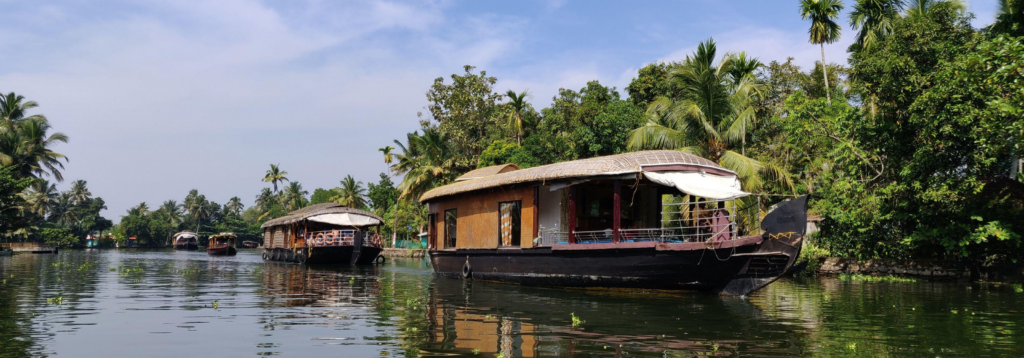
Nestled along the scenic Malabar Coast in southern India, Kerala beckons travelers with its enchanting backwaters, a highlight of which are the serene houseboat cruises that meander through lush landscapes and quaint villages, offering a glimpse into local life amidst tranquil waters. Beyond the backwaters, Kerala boasts a wealth of attractions, from the verdant tea estates of Munnar, where misty hills roll endlessly, to the historic charm of Kochi, blending coastal heritage with a vibrant art scene. And let’s not forget the beaches, especially in North Kerala along the Malabar Coast, where the legacy of the spice trade meets picturesque shores waiting to be explored.
2. Kashmir
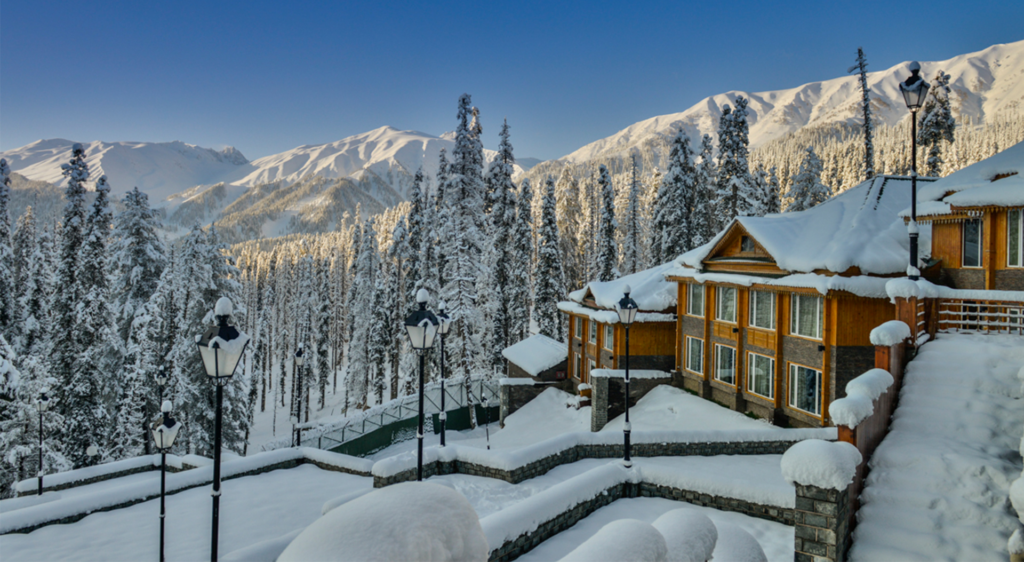
In contrast to Kerala, on the opposite side of the country lies Kashmir, offering a completely different yet equally mesmerizing scenery. With its cool alpine climate, lush evergreen forests, and snowy winters, Kashmir is often compared to a miniature version of Switzerland. Renowned 13th-century Sufi poet Amir Khusrau once famously declared, “If there is a paradise on earth, it is this,” and his words ring true. At the heart of Kashmir is Srinagar, its capital, known for its picturesque gardens and iconic Dal Lake. “A must-do is staying in a houseboat or enjoying a shikara ride,” suggests Billo, a local. And no visit is complete without savoring wazwan, a lavish, meat-centric feast featuring up to thirty-six dishes in one meal.
3. Ladakh

Sitting on a lofty plateau in the farthest reaches of northern India, Ladakh captivates with its surreal landscapes and vast skies, adorned by grand stupas and monasteries. While many travelers flock to Leh, the region’s bustling capital, during the brief summer tourist season, Ladakh offers far more beyond the city limits. Venture to the Nubra Valley, a remote enclave along the ancient Silk Road accessible only by crossing the formidable Khardung La, one of the world’s highest motorable passes. The valley provides a glimpse into Ladakh’s distinct geography and cultural tapestry, boasting monasteries, charming villages, and lush apricot orchards. Moreover, Ladakh teems with unique wildlife, from the elusive snow leopards to the diminutive Bactrian camels, descendants of those that once roamed the steppes of Central Asia.
4. Rishikesh, Uttrakhand

On the serene banks of the revered Ganges River lies Rishikesh, a city steeped in spiritual heritage that has captivated the souls of travelers for generations. Known as the “yoga capital of the world,” Rishikesh showcases a blend of traditional ashrams catering to Hindu pilgrims and modern yoga centers offering transformative experiences for visitors worldwide. Beyond yoga, there’s a wealth of activities to engage in, from exploring the ancient ruins of Maharishi Mahesh Yogi’s ashram, affectionately dubbed the Beatles Ashram, to thrilling whitewater rafting adventures on the majestic Ganges.
5. Andaman Islands
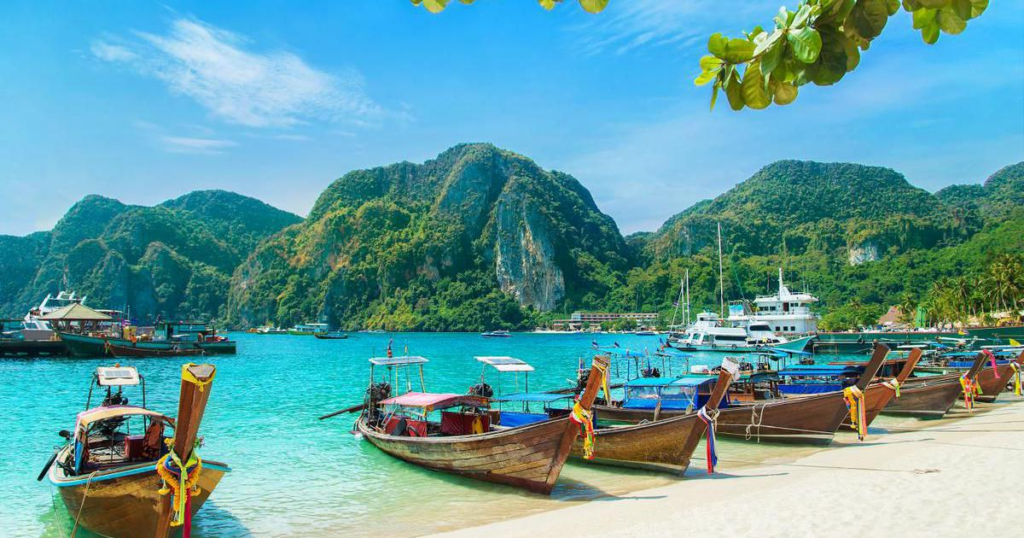
While the pristine waters of the Andaman Sea are often associated with Thai island escapes, the Andaman and Nicobar Islands, under Indian administration, offer their own slice of paradise in this tropical region. Swaraj Dweep, formerly Havelock Island, stands out as a favored destination among visitors, particularly for its renowned Radhanagar Beach. This picturesque stretch of coastline boasts over a mile of powdery white sand bordered by lush tropical forests and inviting azure waters. Accessing this remote haven demands a sense of adventure: travelers must first fly from the Indian mainland to Port Blair on South Andaman Island, then embark on a ferry or opt for a seaplane ride to reach their final destination. While many islands in the archipelago welcome tourists, some, like the secluded North Sentinel Island, remain strictly off-limits.
6. Delhi
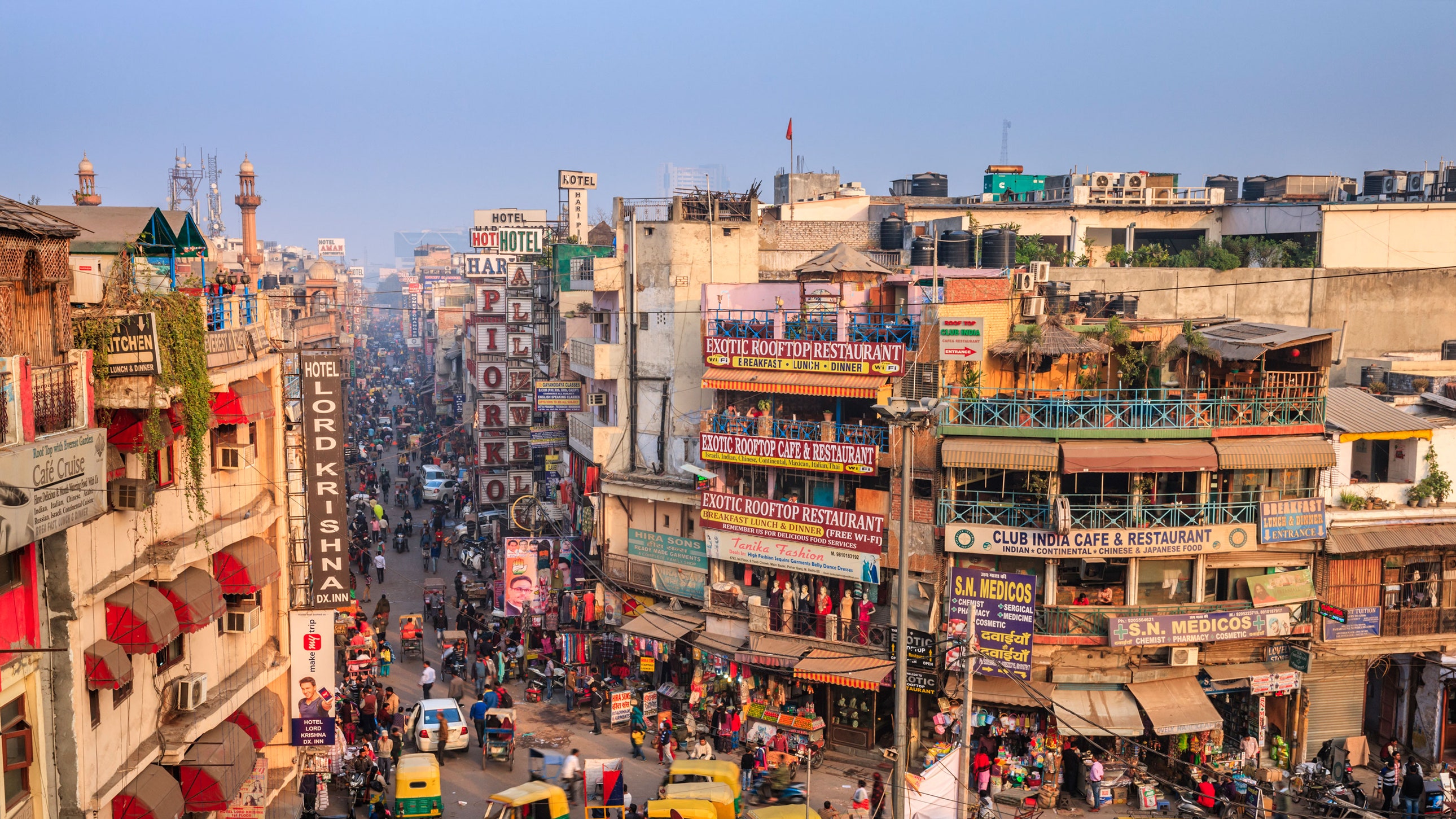
While many travelers view Delhi merely as a starting point for exploring other destinations, taking the time to explore the capital city reveals its own charms. Delhi pulses with energy, offering endless experiences from browsing vibrant markets for unique handicrafts to delving into its rich medieval and Mughal history showcased in UNESCO World Heritage Sites like Humayun’s Tomb, Qutb Minar, and Red Fort. Amidst the city’s hustle and bustle, tranquility can be found in the lush greenery of Central Delhi’s Lodi Gardens or within the serene confines of the Baháʼí Lotus Temple, showcasing Delhi’s dynamic blend of liveliness and peace.
7. Taj Mahal, Agra, Uttar Pradesh

The Taj Mahal, a 17th-century marvel crafted from white marble, stands proudly as India’s most iconic landmark and one of the New Seven Wonders of the World. Revered for its architectural elegance and romantic history, this magnificent mausoleum was commissioned by Emperor Shah Jahan in loving memory of his wife, Mumtaz Mahal. Admired for its intricate marble work and poignant narrative, the Taj Mahal continues to captivate visitors with its timeless allure, embodying the enduring legacy of love and devotion.
8. Jaipur Rajasthan
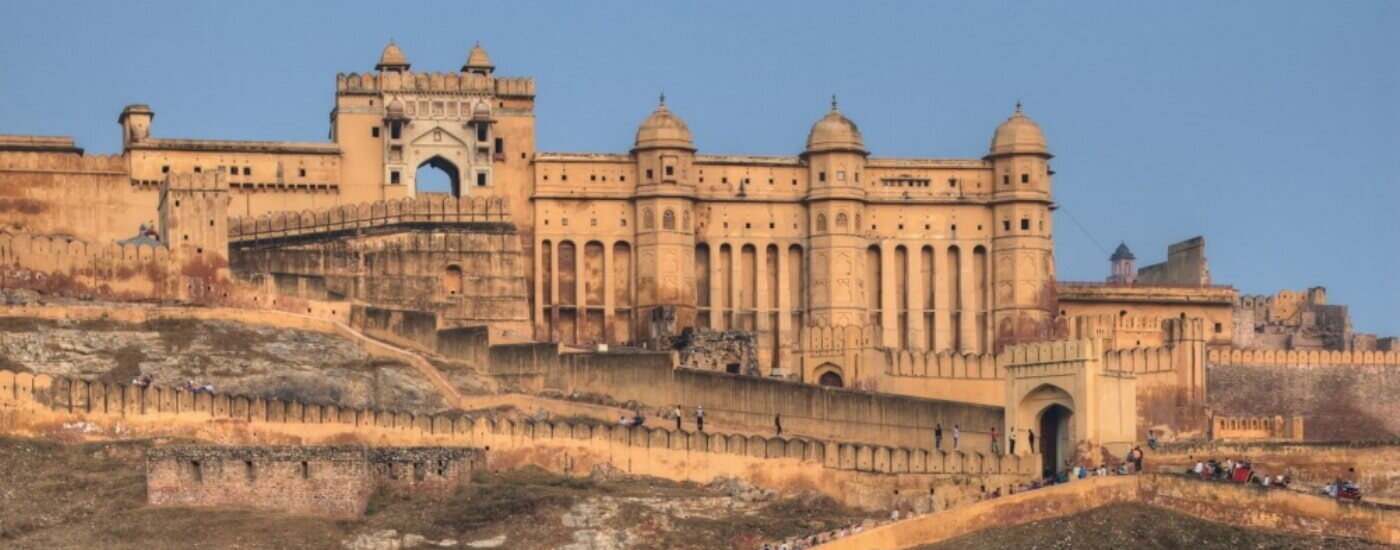
In the heart of Rajasthan, Jaipur stands as a cornerstone of North India’s famed Golden Triangle tourist circuit, alongside Agra and Delhi. Known as the Pink City, it’s a paradise for architecture aficionados and shopaholics alike. With its regal history, Jaipur boasts iconic landmarks such as Amber Fort, bustling markets, and exquisite handicrafts. The city’s ancient walled area, honored as a UNESCO World Heritage Site since 2019, houses must-see attractions like Jantar Mantar, a marvel of 17th-century astronomy, and Hawa Mahal, the Palace of Winds, famed for its intricate design and cooling breeze-catching windows.
9. Kaziranga Nation Park, Assam

Nestled in the northeastern state of Assam lies a wildlife haven that captivates the hearts of nature lovers: Kaziranga National Park. This vast sanctuary, recognized by UNESCO, sits close to the borders of Bangladesh and Bhutan and boasts the world’s largest population of Indian one-horned rhinoceroses, with around 2,000 of these majestic creatures roaming its expanses. While rhinos take center stage on safari adventures, Kaziranga is also home to a diverse array of wildlife, including tigers, elephants, gibbons, sloth bears, and a small population of endangered Ganges River dolphins.
10. Goa
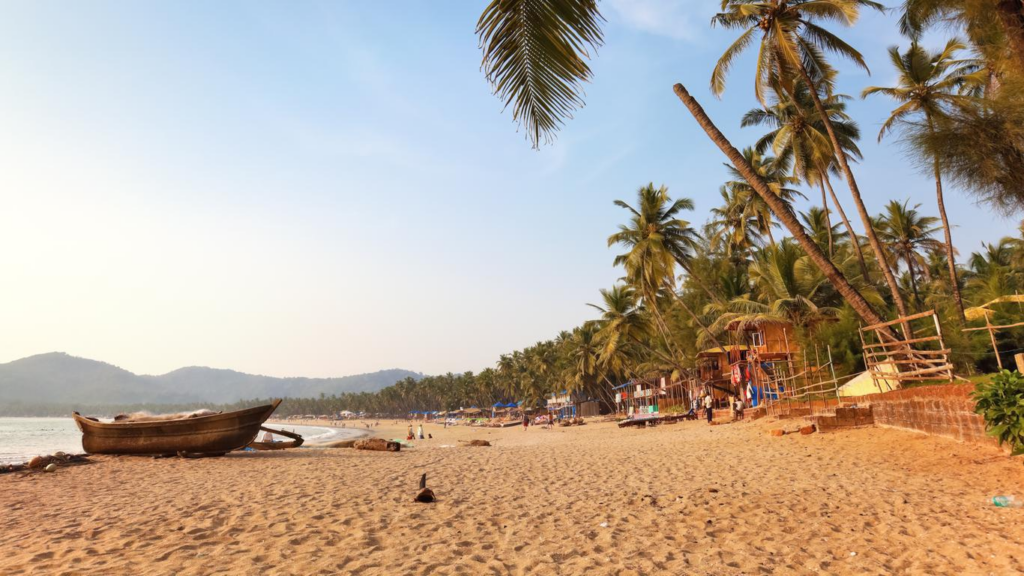
Goa, despite being the smallest state, stands tall as the ultimate beach retreat. Once renowned as a hippie haven back in the 1960s, Goa has evolved over the years, embracing a diverse crowd beyond the party scene. While the vibrant nightlife still thrives, families and couples seeking tranquil seaside escapes find solace in its sandy shores. History enthusiasts are in for a treat, with ancient seaside forts and UNESCO-listed churches dating back to Portuguese colonization. Moreover, Goa’s culinary scene is not to be missed, blending traditional Konkani flavors with Portuguese influences.


